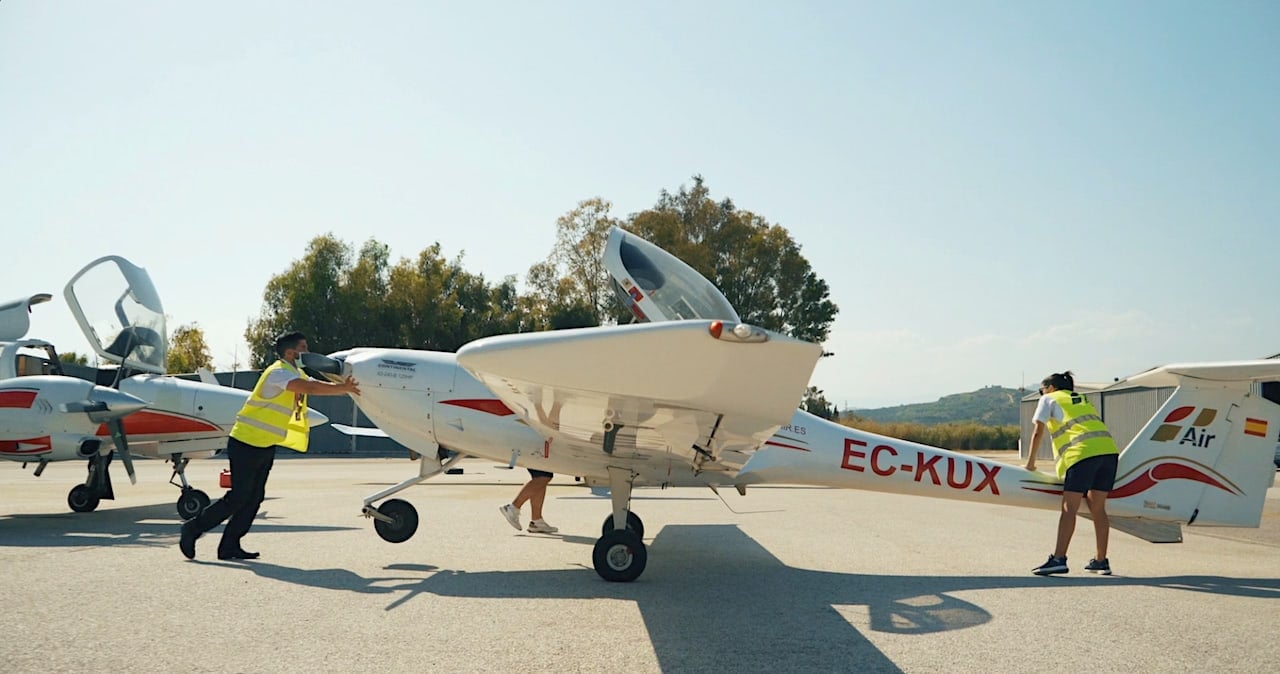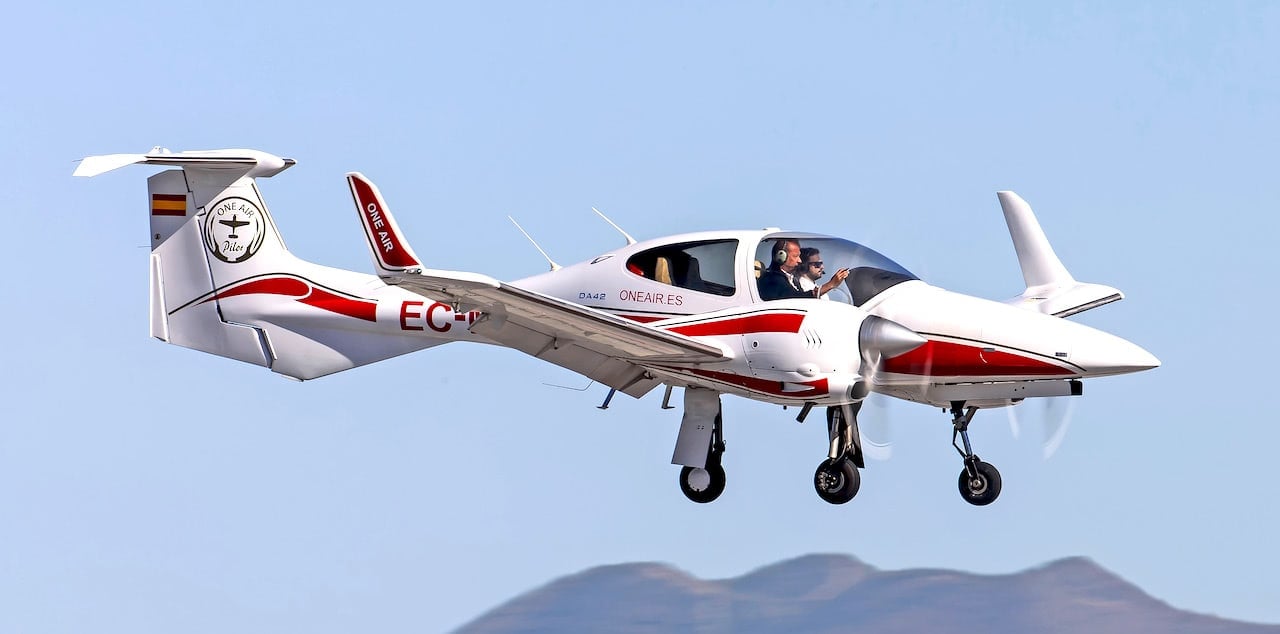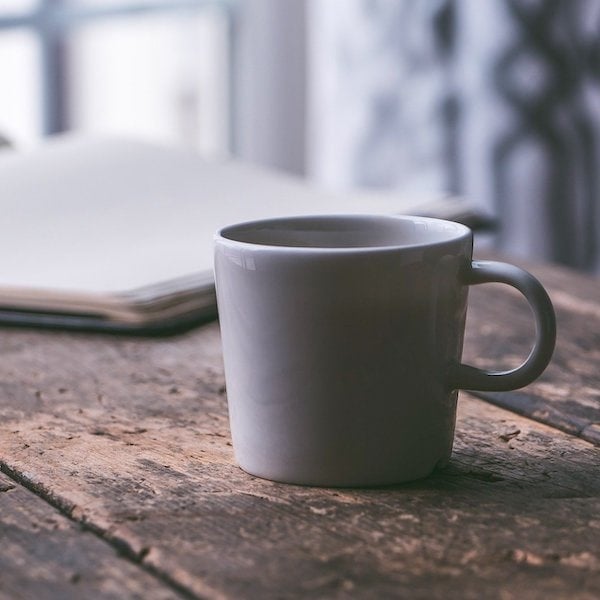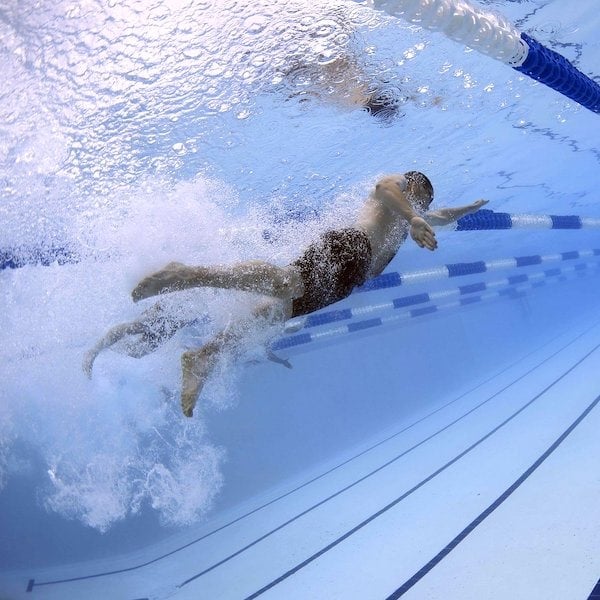You’ve probably felt an intense thrill when you step on the accelerator of a car or increase the speed of the plane you’re flying. It’s as if the momentum sticks you to the seat, which gets your adrenaline pumping, making you enjoy the experience that much more.
But why does this happen? The answer lies in physics and Newton’s third law, the subject of the following video.
After having talked to you about the lift formula, what g forces consist of, or what the Kármán Line is; today, we briefly address some basic concepts about thrust force in Physics.
What is thrust force -which is not the same as thrust vectoring– and how does it work, the formula to calculate it and, in addition, we show you some simple examples that will help you to better understand the behaviour of the forces that make the movement of any body possible, including yours. Let’s get started!
What is thrust force
The thrust force is described quantitatively in Newton’s Third Law, better known as the Principle of Action and Reaction.
This principle states that when a body or system expels matter in a fixed direction and way (action), a force of equal magnitude and in the same direction, but in the opposite way (reaction), will originate.
Thus, when we talk about the definition of the thrust force, we are referring to the force that a body receives after previously emitting what is called an applied force.
For example, a light aircraft generates thrust force when the propeller expels air backwards. This expulsion of air is developing a force in the opposite direction which is transformed in movement; so, to say the originated thrust force which increases the speed of the light aircraft in the same proportion to the mass of the ex-pulsed air.
The thrust force only appears when there is a previous action force, and it can only arise when two different bodies come into contact, for example, the air expelled by the aeroplane and the atmosphere.
This concept that we are analysing today is based on Archimedes’ Principle and the force of thrust.
This Physician of old Greece developed his theory after observing the behaviour of masses submerged in water; in particular, he reached this conclusion after submerging himself in a bathtub full of water to see what happened.
He came to the conclusion that any body immersed in a liquid receives a force from below upwards, with an identical weight to the displaced liquid. This force is the thrust force.
We’ll see some examples of daily life which will help you to better understand the concept of force, and the principle of action and reaction of Newton’s Third Law.
An object on a table
When you place an object on a table, a series of forces that go further than the weight of the object and the reaction of the table are generated. Let’s see what they are:
- Action force of the object: by resting against the object, it’s creating action force.
- Reaction force of the table: it’s the force the table returns to the object resting on it in the same proportion of its weight and volume in the opposite way.
- Earth forces on the object: due to gravity, Earth is pushing force upon the object.
- Object force upon Earth: is the reaction force from the object to the Earth.
As you can see, the Newton’s principle isn’t just applicable to interactions produced by contact between two masses. It also applies to forces at a distance, such as Earth’s gravity as we’ve seen in the example.
Physics and its most elementary laws provide us with the answer to any everyday phenomenon, such as the concept we have shared with you today.
When it comes to flying a plane, the thrust force and Newton’s third law are the best explanation we can give for those exciting sensations that all pilots experience at the controls of a plane.
And, if you liked the post, take a look at our aviation blog, where you will find all the latest news about One Air, aviation curiosities and many other interesting news.








